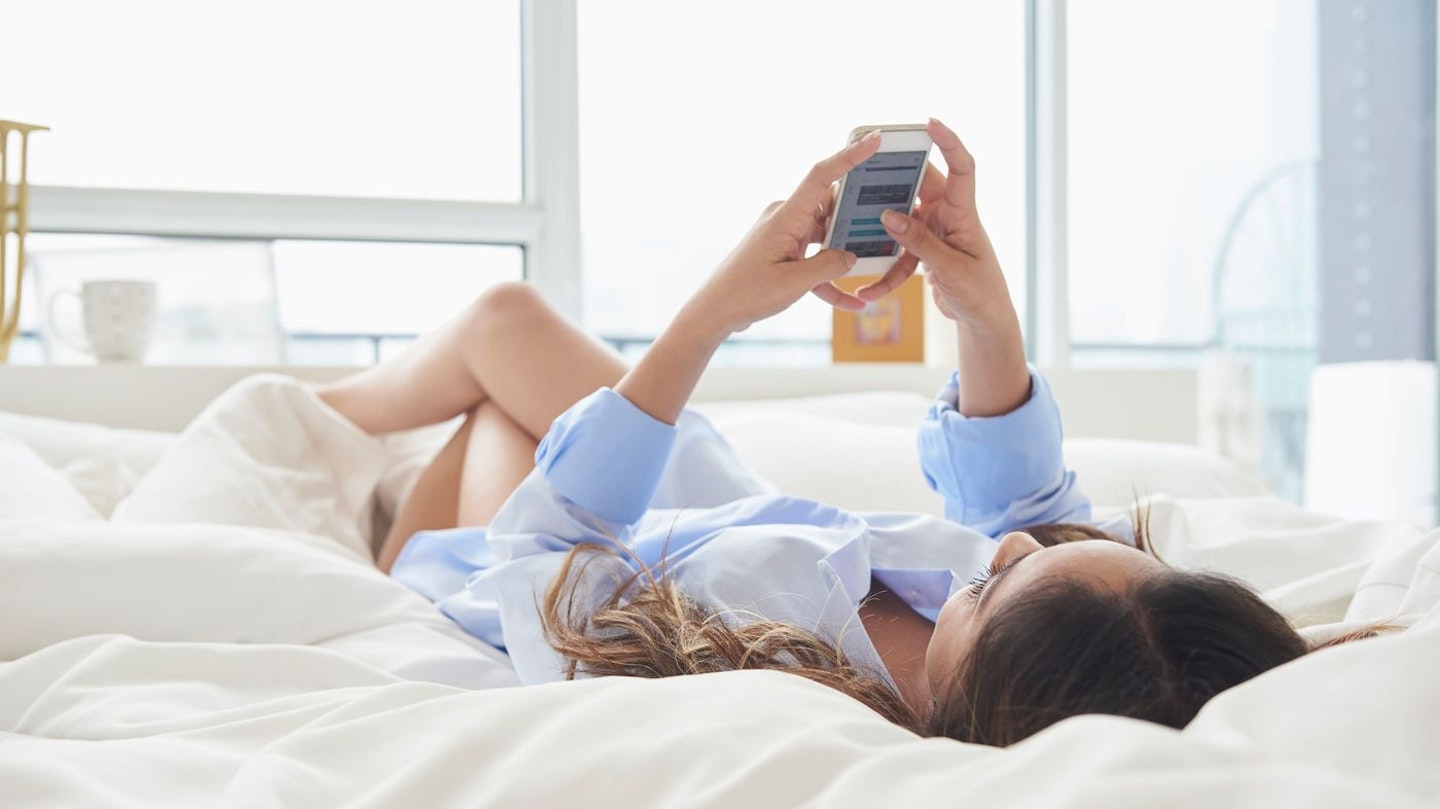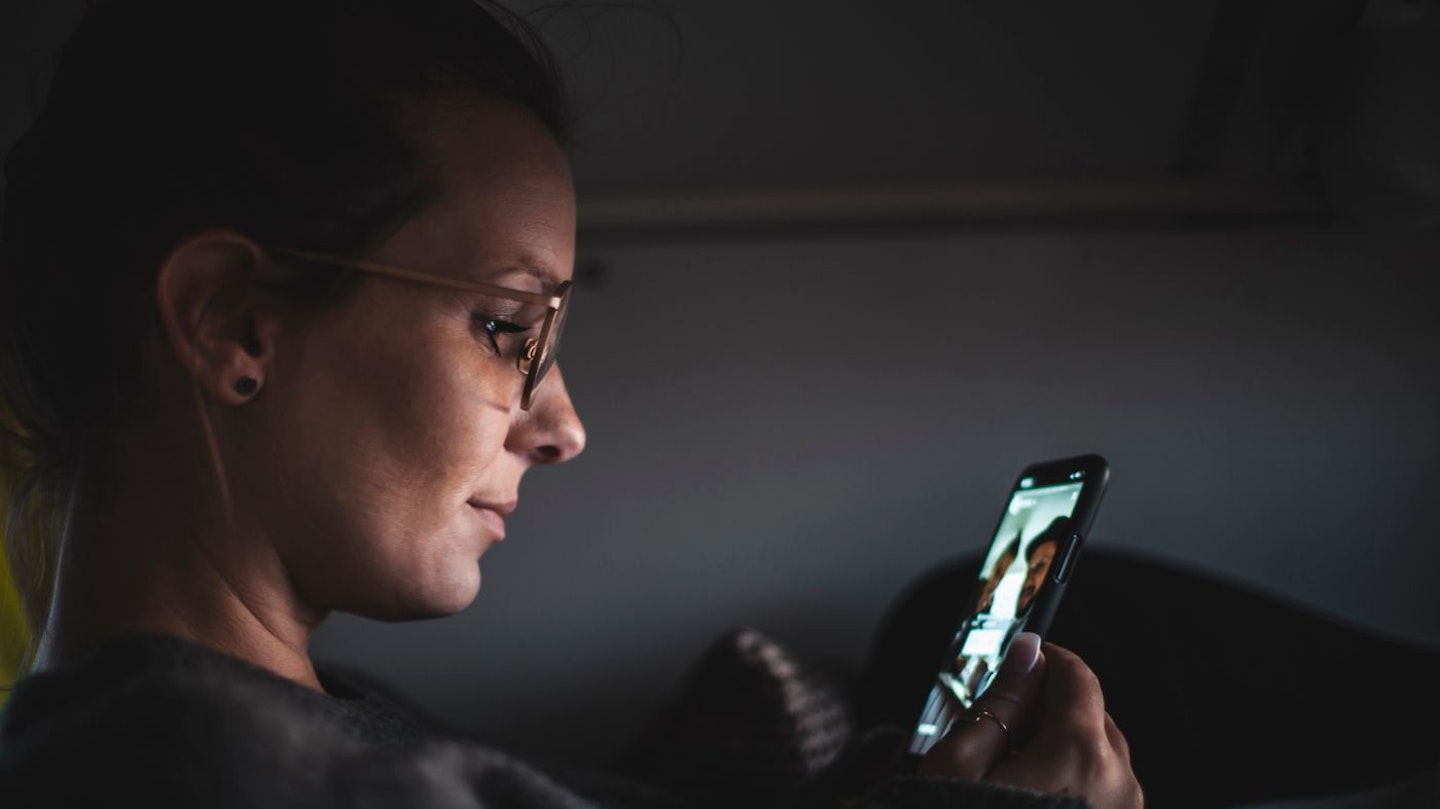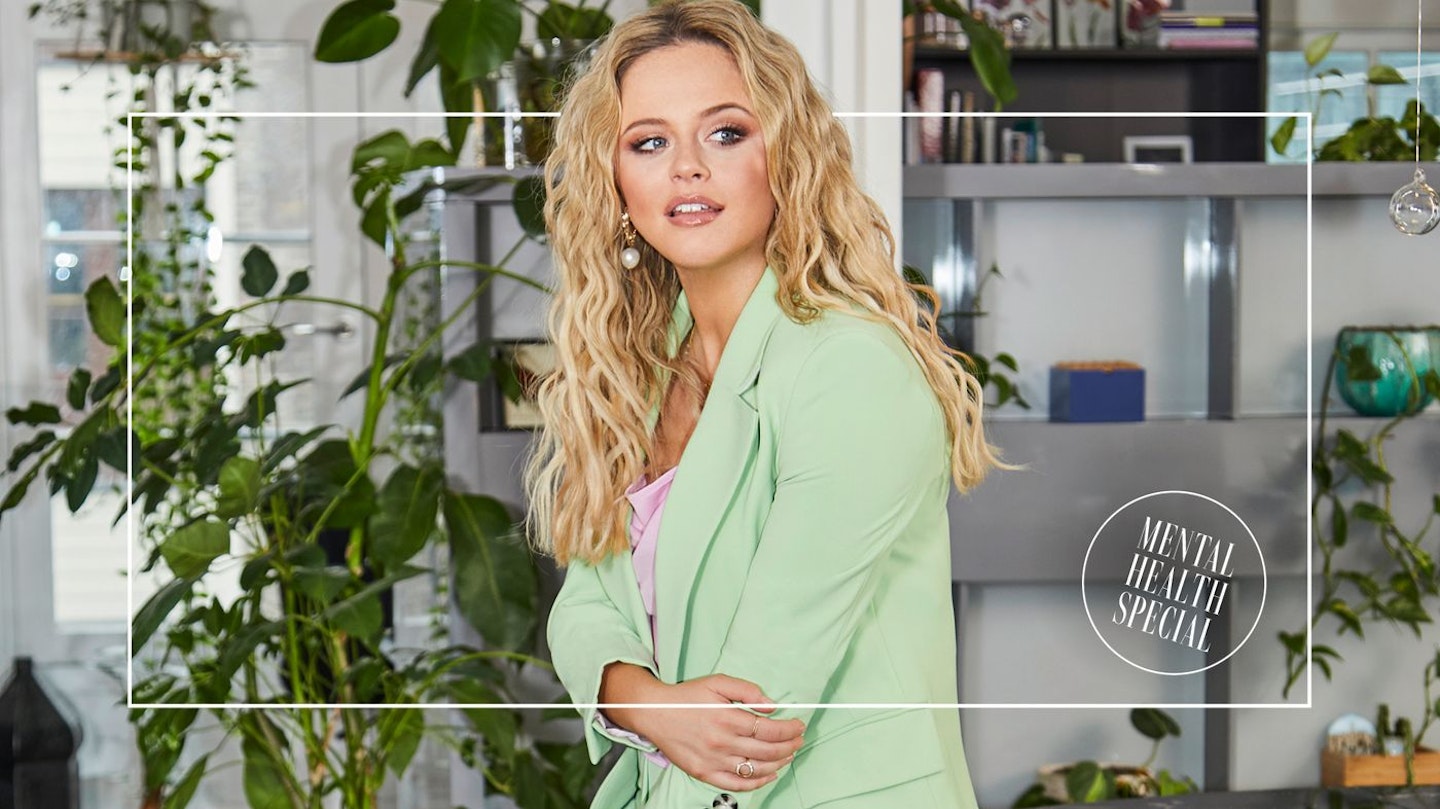More than one million people in England and Wales have downloaded the NHS Covid-19 test and trace app following its release yesterday. With everyone aged over 16 asked to install it, the app is part of the government’s battle to reduce the spread of coronavirus.
But for those of us that are already overwhelmed by the rise in Covid-19 cases in the UK, downloading an app that notifies you constantly about the risk in your area is, while necessary, a scary thought.
‘I wouldn’t have downloaded it if the government weren’t urging us to,’ says Lily*, 25 from Manchester. ‘I’m already extremely anxious so I know this constant reminder on my phone, even when I’m indoors not seeing anyone, will worsen my mental health. Friends have told me it’s actually eased their worries as they feel like they’re doing something extra to protect themselves, but I’m definitely nervous it’s going to make me more anxious when I’m already doing everything I can to be as safe as possible.’
For Emma*, 35 from London, who has had the app for few weeks as she was in one of the test areas, it has proven to make her more conscious of Covid for better or worse.
‘If this is the system that can help us fight Covid and keep people safe, then I'm more than happy to have it,’ she says. ‘But I would say, as soon as I turned it on it makes you conscious that just being near a random person in Sainsbury's could see you quarantined at home, or worse, really ill. In some ways, that's obviously a good thing, more awareness. But it is anxiety-inducing too.'
The app also comes with some technical annoyances. ‘It flashes up all panicked every time I accidentally turn my Bluetooth off and it's massive battery drain,’ Emma continues. ‘It flashed up last night saying “YOUR AREA RISK HAS RAISED” as I was going to bed, of course that didn’t make for a great night's sleep. Overall, I think it'll do everyone a bit of good to take more caution, but those who are downloading the app are probably the converted, so if it could maybe cool it with the FLASH ALERT notifications I think that might be better. It's bad enough when a BBC Breaking Sound goes off.’
Since you can’t turn notifications off for the app, it seems there are some areas of concern for those of us who are struggling with health anxiety or otherwise right now. But with Google and Apple creating the apps, we don’t doubt there’ll be updates and fixes depending on user-experience. Hopefully, even if the notifications are scary, knowing the less cautious among us may be getting them too will bring some peace of mind.
But for now, here’s everything else you need to know about the test and trace app.
What is the NHS test and trace app?
The NHS Covid-19 app helps assess the risk in your area and as you go about normal life. By installing it, you will be notified if you walk nearby someone who has the virus and if you do, it will instruct you to self-isolate for 14 days. No one else is notified however if you receive this alert, and self-isolation is voluntary. If you are called by NHS Test and Trace however and told you have to self-isolate, that is mandatory.
It also has a check-in scanner to alert you if somewhere you’ve visited has been found to be an outbreak hotspot and it tells you how high the risk of catching Covid-19 is in your area, and changes depending on where you go.
‘[The app] helps us to find more people who are at risk of having the virus,’ health secretary Matt Hancock told BBC Radio 4’s Today Programme. ‘Everybody who downloads the app will be helping to protect themselves, helping to protect their loved ones, helping to protect their community because the more people who download it, the more effective it will be.’
Used alongside manual contact tracing, the app helps identify close contacts of a user who tests positive, or visitors to a premises that has suffered an outbreak.
How does the NHS test and trace app work?
The app detects when a fellow user is nearby using Bluetooth, when two phones running the app are near each other they make contact and if close for a long enough time and one of the two owners later shares a positive coronavirus test via the app, then the other will receive an alert.
When visiting hospitality venues such as pubs and restaurants, there should be display posters with a QR code, which app users can scan to ''check in'' to their location. Posters like this will also go up in communal areas of community buildings like universities, hospitals and libraries.
Is the test and trace app available now?
For some of us, the app launched yesterday for Google and Apple users but isn’t compatible on all phones – a fact that caused outrage online when many with older phones found themselves unable to download the app.
So, which Apple and Android phones are compatible with the test and trace app?
Well, it depends on the software your phone can support. On Android, the app is supported on version 6.0, also known as Marshmallow, and higher. On iPhone, you’ll need to have an iOS of 13.5 or higher.
That means older models of iPhones such as the 5S and 6/6 Plus are not compatible with the app as they do no support iOS 13.5 Similarly, some older Android phones are also not compatible. You can check what software you have under ‘Software Information’ in ‘About Phone’ in Settings.
How can you stop the test and trace app from draining your battery?
Since the app requires Bluetooth being switched on constantly, it’s no surprise some are finding their batteries being drained by the app. You can switch off Bluetooth if you’re not out and about using the app, but as Emma explained, you will be notified a lot to turn it back on. Perhaps then, since it’s still early days in users experiencing the app and the creators modifying it accordingly, it’s about changing your other phone usage. Turn your phone off overnight, minimise time spent on other apps and keep your phone on battery-saving mode.
*names have been changed
To find out more and download the NHS Covid-19 test and trace app, click here.
Read more stories about how our lives have changed in lockdown...
Coronavirus: Relationships
 1 of 9
1 of 9How To Maintain Your Dating Life In A Lockdown If You're Single
 2 of 9
2 of 9The Six Best Ways To Overcome Your Fear Of Video Dating
 3 of 9
3 of 9Love Lockdown? Not According To Tinder
 4 of 9
4 of 9What It’s Like To Break Up With Someone Over Zoom?
 5 of 9
5 of 9‘I Didn’t Think I Could Actually Feel Happy In This Shit Show Of A Year...’ How It Feels To Get Engaged In Lockdown
 6 of 9
6 of 9Emily Atack: Isolating When You're Single
 7 of 9
7 of 9The Real Reason Your Ex Is Back In Touch
 8 of 9
8 of 9Are People Really Having So Much More Sex There'll Be A Lockdown Baby Boom?
 9 of 9
9 of 9